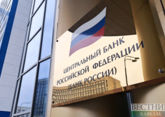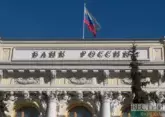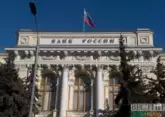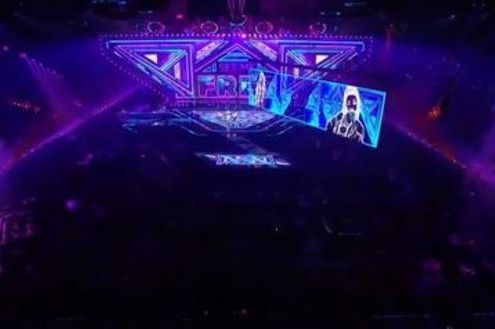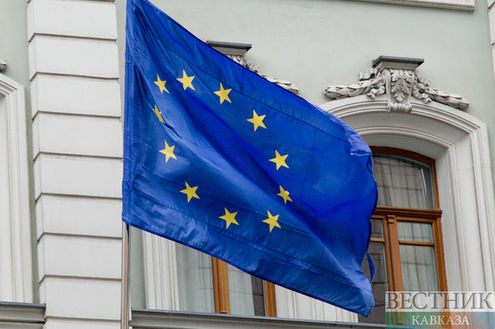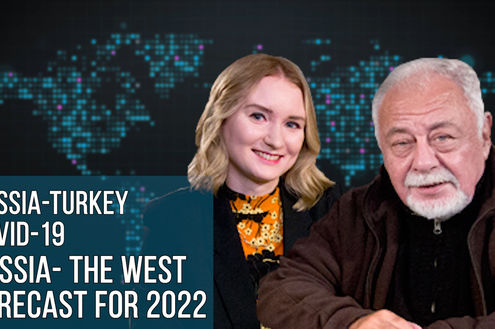The Board of Directors of the Russian Central Bank decided to lower the key rate to 7.25% per annum, based on the results of its meeting today.
The regulator noted that the board took the decision to cut the key rate considering that annual inflation remains low. "In February 2018 it stood at 2.2%. Inflation remains below 4% longer than expected, allowing for a quicker transition to neutral monetary policy this year," according to the press release.
"The Bank of Russia forecasts annual inflation to be 3-4% in late 2018 and remain close to 4% in 2019," the regulator said in a statement.
According to the Central Bank, monetary conditions continue to ease; their disinflationary effect is gradually declining. At the same time, the regulator’s assessment of inflation risks has not changed significantly, save for the risks posed by the labor market. "The dynamics of wages and unemployment create prerequisites for potentially higher inflationary pressure. At the moment, the assessment of the duration and scale of effect of these drivers remains unclear. The Bank of Russia will pay particular attention to the situation in the labor market, including the impact of the dynamics of incomes and wages on consumer behavior and inflation," the statement added.
The growth rate of Russia’s GDP, according to the Central Bank, will reach 1.5-2% in 2018-2020. "The Bank of Russia’s general perceptions of the Russian economy’s growth have remained unchanged. The Bank of Russia has slightly raised the oil price in its baseline scenario. However, it has not entailed any significant review of the Russian economy’s growth rate in the medium term due to its decreased sensitivity to oil price changes and remaining structural constraints. In 2018-2020, GDP will grow by 1.5-2%, which corresponds to the potential growth rate of the economy," the regulator said.
The Bank of Russia will continue to reduce the key rate and will complete the transition to neutral monetary policy in 2018, the regulator said in a press release on Friday.
The next meeting of the Board of Directors of the Russian Central Bank in 2018 is scheduled for April 27.
The professor at the department of the stock market and investments at the Higher School of Economics, Alexander Abramov, speaking with Vestnik Kavkaza, explained that such slow and gradual rate cuts are due to some uncertainty, that the CBR feels about the consequences of the cut. "They would not like a serious cut in the rate to immediately cause some negative outbursts," the expert said.
According to him, a cut of 50 basis points would be more painful, because it would affect the deposit and lending rates. "I think that 25 basis points cut is the minimal step. And the Bank of Russia is going to take such steps until it reaches dead end," the professor at the department of the stock market and investments at the Higher School of Economics said.
The economist clarified that no one knows the answer to the question of which key rate the Central Bank can reach without jeopardizing the ruble, otherwise there were an article about the rate which is optimal under the current conditions - either on site of the Central Bank's website, or in the media. "Because it will be cut until there are some shifts in inflation take place. If inflation starts to increase significantly, it will influence the rate. And there is no universal answer to this question. We can only observe what will happen with the inflation indicator in future," Alexander Abramov concluded.
The advisor on macroeconomics to the CEO of the 'Opening-Broker' brokerage house, economist Sergey Hestanov, also noted the Central Bank's very cautious policy. "Most likely, this decision is fully justified, and it is unlikely that the regulator will refuse this practice in the foreseeable future," he said.
"The additional factor that causes the Central Bank's suspicion is that the recent increase in the rate by the US Federal Reserve. In these conditions, the risks of strong fluctuations in the ruble exchange rate have increased. Accordingly, the Bank of Russia has made such very gradual and gradual changes," the expert said.
According to Hestanov, the question of the key rate's level that the Central Bank can reach without jeopardizing the ruble is highly dependent on the level of inflation, since now it is noticeably below the target level - accordingly, it is reasonable to talk about the range of 6-65%, but only if inflation remains low.
"If we see a sharp decline in oil prices, it cannot be ruled out that the Central Bank may increase the key rate in order to counter pressure on the ruble," the advisor on macroeconomics to the CEO of the 'Opening-Broker' brokerage house warned.


